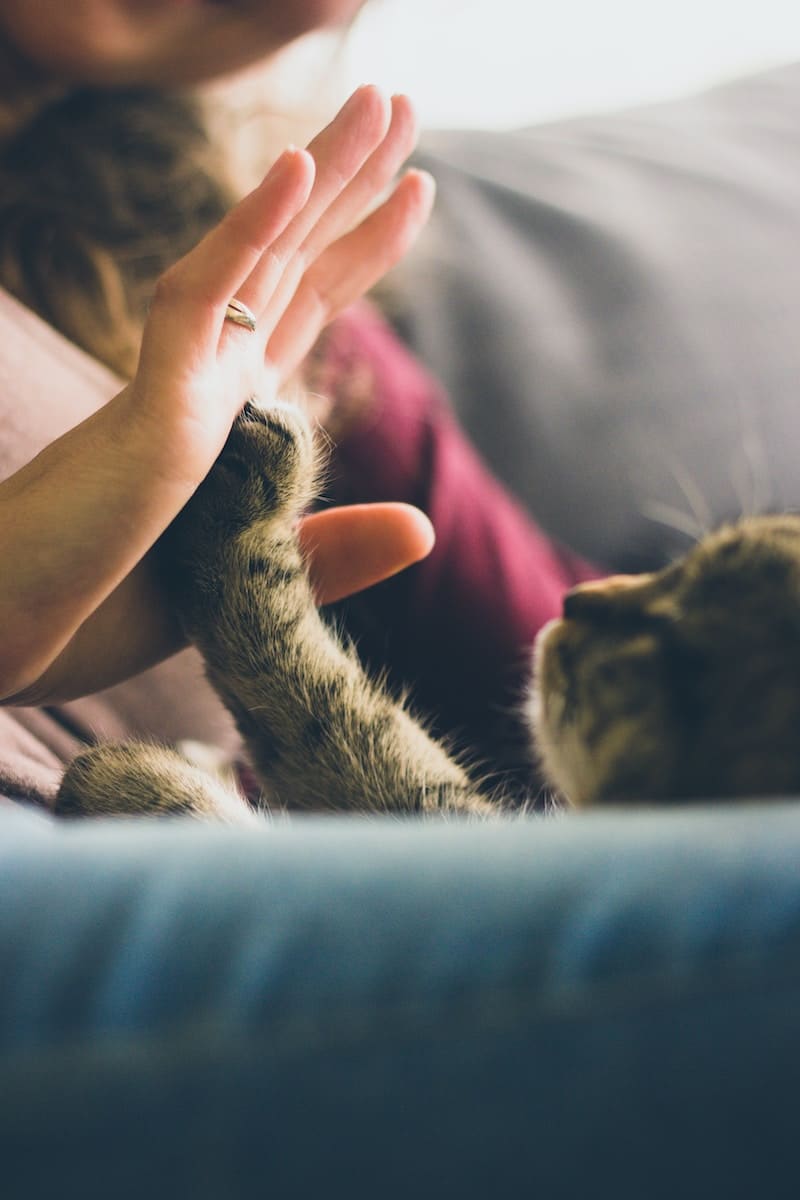
For many of you, your home is a sanctuary, filled with the things that bring you comfort and joy. Among those cherished items are often your plants and your pets, coexisting under one roof. Plants add a vibrant touch of nature, purify the air, and have been shown to improve your overall well-being. However, it’s vital to recognize that some common indoor plants can pose a threat to your furry friends. As responsible pet owners, it’s crucial to ensure that your cats and dogs are safe from these potential dangers. This article will provide you with the necessary information and tips to nurture a pet-friendly environment that keeps your companions out of harm’s way.
First and foremost, recognizing which plants are toxic to your pets is essential. Various houseplants may look beautiful but can be poisonous if your cat or dog decides to nibble on them. Common toxic plants for cats and dogs include lilies, sago palm, and oleander among others. These plants can cause symptoms ranging from mild gastrointestinal upset to severe, life-threatening conditions.
Avez-vous vu cela : What are the signs of overheating in pets?
To protect your pets, you should become familiar with the plants in your home and garden. Research each plant to determine if it poses a risk to your cat or dog. There are online databases and mobile apps dedicated to pet safety that can help you easily identify toxic plants. Remember that symptoms of plant toxicity can vary widely, but common signs include vomiting, diarrhea, drooling, lethargy, and abdominal pain.
Once you’ve identified which plants could be hazardous, it’s time to consider how to arrange your home to keep your pets safe. There are several strategies to prevent your cat or dog from coming into contact with dangerous plants. One effective method is to place toxic plants out of reach, such as on high shelves or in hanging baskets, where curious paws can’t reach them.
Dans le meme genre : Understanding the sleep patterns of dogs
Another option is to use natural deterrents. Cats, for example, dislike the smell of citrus. Placing lemon peels or citrus-scented sprays near toxic plants can keep your cat at bay. For dogs, a taste deterrent spray can discourage them from chewing on plants.
If you have an outdoor space, fencing off certain areas can prevent your dog from accessing plants that are toxic to them. Additionally, training your pets to stay away from certain areas or plants can be effective, although it requires time and patience.
The best way to ensure your pets’ safety is to choose pet-safe plants for your home. There is a wide variety of beautiful and harmless plants that can coexist with your pets without worry. Spider plants, Boston ferns, and African violets are all excellent choices for a pet-friendly home environment. These plants not only add aesthetic value but are also non-toxic if your pet nibbles on them.
When shopping for new plants, always check the labels or ask store personnel if a plant is safe for cats and dogs. The ASPCA provides a comprehensive list of both toxic and non-toxic plants for pets, which can be a great reference.
Understanding your pet’s behavior is key to preventing them from eating plants. Cats are naturally curious and may chew on plants out of boredom or as part of their exploratory behavior. Dogs, especially puppies, may chew plants during play or teething. By providing ample playtime, attention, and suitable toys, you can redirect your pet’s chewing habits away from your plants.
Observing your pet can also give you insights into which plants they are drawn to. If a particular plant seems to attract your pet, it may be safer to remove it from your home. Additionally, keeping your pet’s environment enriched with activities can lessen their interest in your plants. This includes having scratching posts for cats or chew toys for dogs.
Regular care and vigilance are the final pieces of the puzzle in keeping your pets safe from toxic plants. Regularly inspect your plants for signs of nibbling and take appropriate action if you notice any. It is also essential to keep the soil of your plants free from fertilizers and pesticides that could be harmful to your pets if ingested.
Be mindful of fallen leaves or petals that your pet could eat, and keep the area around your plants clean. In the event that your pet does ingest part of a toxic plant, contact your veterinarian or an emergency pet poison hotline immediately.
In conclusion, creating a harmonious living space for your plants and pets requires careful consideration and action. By identifying and understanding toxic plants, creating a safe environment, selecting pet-friendly foliage, understanding your pet’s behavior, and maintaining regular care and vigilance, you can protect your beloved companions. Your dedication to their safety will ensure that both your pets and your plants will thrive, bringing life and joy to your home for years to come. Remember to remain proactive and informed about potential hazards, allowing you to enjoy the best of both worlds without compromising the health and happiness of your furry family members.